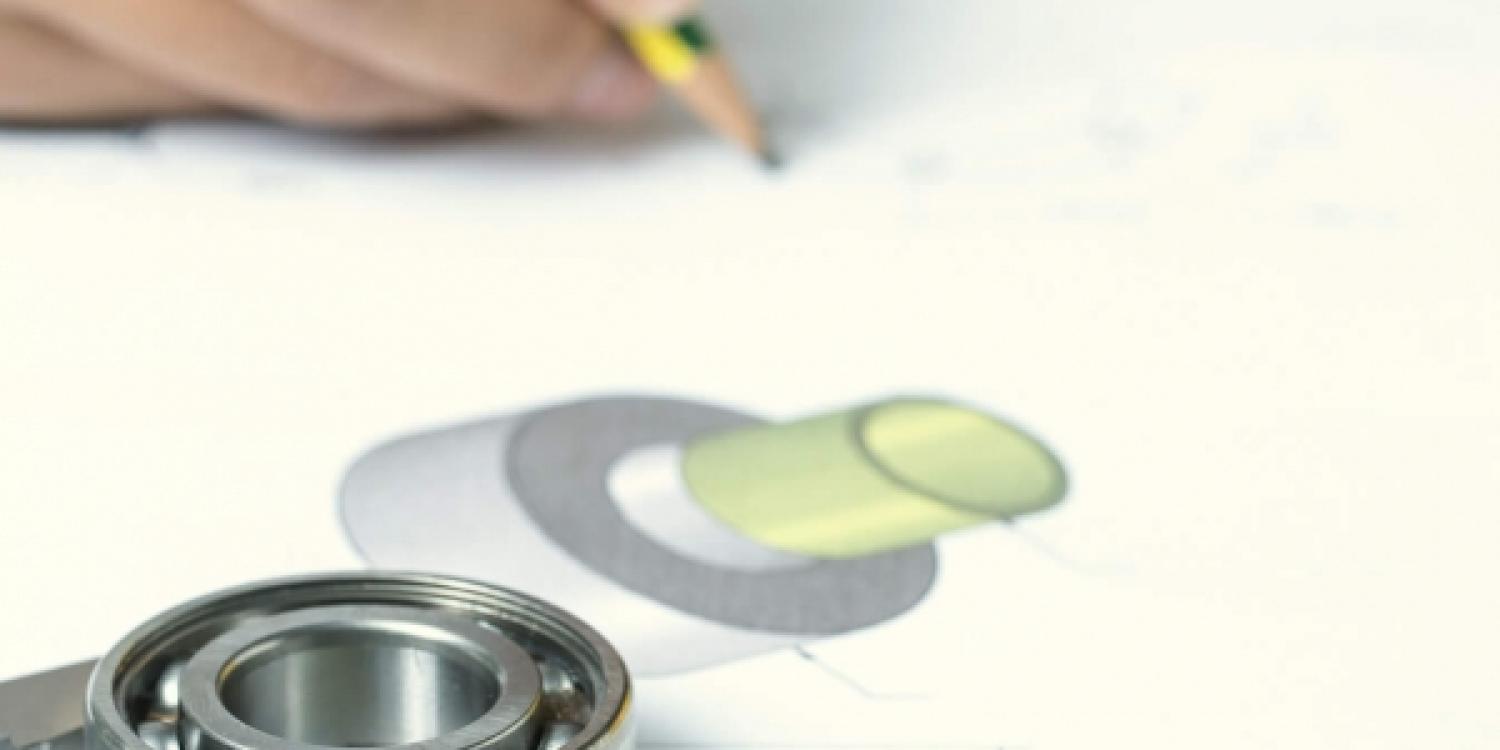Ecodesign to extend the useful life of products

Information
Consumers are fully aware of companies deliberately reducing the useful life of products through planned or built-in obsolescence, along with its negative impact on the environment.
Extending the lifetime and durablility of products is essential to optimise the use of resources and minimise waste generation, which are the principles of a circular economy.
Many discarded products are still functional. To extend their useful life, products must be designed to ensure they won’t be thrown away because of technical failures or because they look outdated. Both reasons are related to planned obsolescence.
Product designers should consider ecodesign strategies to make products that fulfill the technical, aesthetic and functional expectations of the consumer for as long as possible.
Ecodesign strategies to avoid technical failures (when the product ceases to function):
- Design for durability. Strategy to prevent technical failures by using durable materials and finishes, choosing parts with similar durability, enabling easy access to parts with less durability in order to be repaired or replaced, employing technology whose operation is stable or not likely to change in the short-medium term, etc.
- Design for maintenance. Strategy on preventive maintenance, which fixes wear and tear issues before they cause major failures. It includes ensuring available and accessible spare parts, using connections that allow easy exchange of parts, providing guidelines for proper maintenance, designing to facilitate disassembly and ease of access to working parts
- Design for repair. Also known as corrective maintenance, it means correcting the products's operating failures. This strategy includes defining the most common failures, simplifying repair procedures, developing systems to detect and warn against problems, using durable materials, providing repair guidelines for those parts likely to fail earlier or more often, etc.
Ecodesign strategies to avoid aesthetic failures (when the product is no longer fashionable or appeals to the user):
- Design for loyalty. This strategy seeks to create an emotional bond between the user and the product, to ensure it won’t be discarded too soon; it should have a classic design, use concrete and standard design elements throughout the product and over time through which the user can easily identify the brand, range of products or other features
- Design for aesthetic resistance. This strategy is similar to the design for durability but applied only to the external part of the product. It includes choosing materials that are not easily damaged and can resist daily cleaning or exposure to everyday elements (light, heat, etc.), or at least mask these alterations, using smooth surfaces to prevent the accumulation of dirt, and indicating if the surface material is vulnerable to any product or item, etc.
Ecodesign strategies to avoid functional failures (when the product is no longer able to meet the technical or functional needs or expectations of the user):
- Design for updating. This type of design is more important for products whose impact is greater during the use phase than the manufacturing phase, or those with a fast innovation and technology cycles. It includes standardising the pieces and closures (size/shape) between product lines and over time, facilitating exchange, ensuring easy access to parts that may become obsolete, providing information on upgrades, etc.